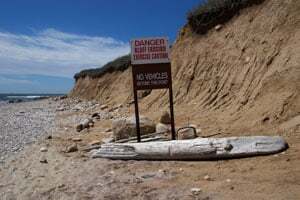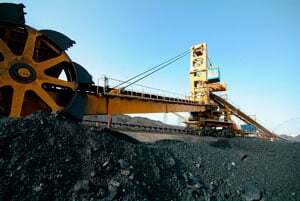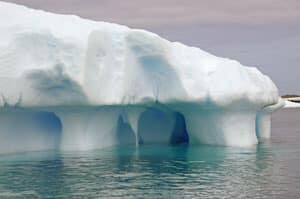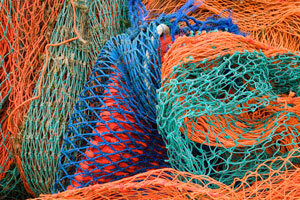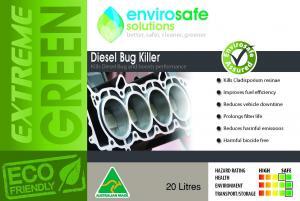 Envirosafe Solutions takes a close look at the CSIRO’s paper on “Greenhouse Gas Mitigation and Carbon Biosequestration Opportunities from Rural Land Use”. The report was initially commissioned by and for the Queensland Premier’s Council on Climate Change, but has much broader and wider implications for the whole of rural Australia. Today, we’ll take a quick look at the report’s key findings which build on those of the 2008 Garnaut Review “by examining risks, barriers and uncertainties and by estimating levels of carbon storage and mitigation that are realistically attainable.”[1]
Envirosafe Solutions takes a close look at the CSIRO’s paper on “Greenhouse Gas Mitigation and Carbon Biosequestration Opportunities from Rural Land Use”. The report was initially commissioned by and for the Queensland Premier’s Council on Climate Change, but has much broader and wider implications for the whole of rural Australia. Today, we’ll take a quick look at the report’s key findings which build on those of the 2008 Garnaut Review “by examining risks, barriers and uncertainties and by estimating levels of carbon storage and mitigation that are realistically attainable.”[1]
How much greenhouse gas can actually be stored or mitigated by the changes in rural land use in both Queensland and also the whole of Australia? What can be realistically expect to achieve by way of biosequestration and mitigation, and how do we encourage our rural land users to embrace these practices as economically viable and ethically responsible modes of rural production and pursuit?
The CSIRO says that “rural land systems have significant potential to store or mitigate greenhouse gas production and can also offset large amounts of Australia’s emissions over the next 40 years.”[2] And if there is one commodity Australia has a lot of…it is land. Loads of it. Hectares and hectares of it.
Some of the key findings of “Greenhouse Gas Mitigation and Carbon Biosequestration Opportunities from Rural Land Use” are:
- Land can be used over the next 40 years to reduce and mitigate our carbon emissions
- With concerted research and policy adjustments by Government, huge reductions in carbon emissions are possible
- The agricultural land systems of the nation, as well as land clearing currently account for approximately “28% of our net greenhouse gas emissions of 597 Mt CO2-e/yr”[3]
- Queensland alone can offset and negate up to 77% of its current emissions. This figure is also translatable nationally, according to the CSIRO
- This carbon storage and abatement should be viewed as just one component of a multi-faceted emissions reduction strategy.
- New forestry and planting could be a significant carbon sinking strategy for rural land holders and users to pursue
- Rehabilitating overgrazed land could reduces emissions by as much as 26 Mt CO2-e/yr
- Using renewable biofuels rather than fossil fuels could reduce emissions by a further 9 Mt CO2-e/yr. Producing biofuels is also an important part of the strategy and landholders should be encouraged to do so
- Many of these strategies will be viable for 50 years
- Biochar – a stable and usable form of carbon can be added to soil and can also help with storage
- Policy makers need to fully consider the full range of carbon storage options by the agricultural and land and rural sector and weigh these up carefully and thoroughly[4]
These key findings can assist government and policy makers to begin the process of calling in the agricultural and rural sectors to the issue of greenhouse gas emissions. Envirosafe Solutions supports a proactive and grounded approach to greenhouse gas mitigation and is an active participant in the Carbon Neutral programme. For more information about the eco-friendly products produced by Envirosafe Solutions please call 1300 889070
[1] http://www.csiro.au/resources/carbon-and-rural-land-use-key-findings.htm.
[2] http://www.csiro.au/resources/carbon-and-rural-land-use-report.html
[3] ibid
[4] http://www.csiro.au/resources/carbon-and-rural-land-use-key-findings–ci_pageNo-2.html








